For those who have not read the September digest, you can read it here .
So, now the digest for October:
1. Photorealistic 3D model of a man spoke at TED . The neural network dynamically restores a 3D model of a person based on recognition of facial muscle movement. Using data from the camera, the neural network recognizes and restores human emotions and actions.
2. Space Odyssey AI: study guides for astronomers to study the merger of galaxies. Using AI to detect and analyze galaxy mergers across the universe, scientists can better understand how this phenomenon can affect our corner of the universe in the future.
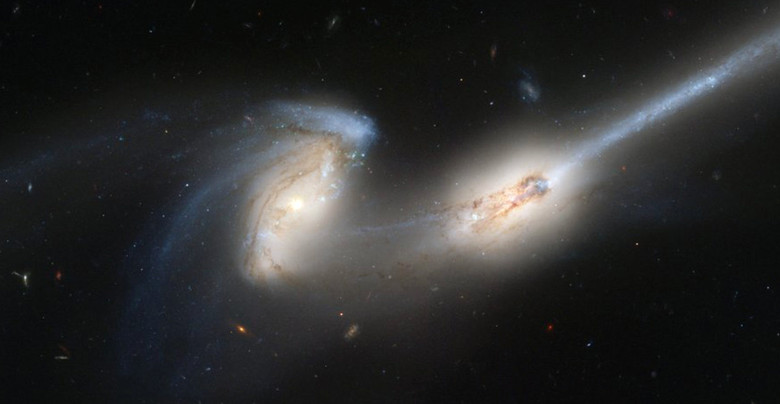
3. GauGAN Rocket Man: a concept artist uses AI tools to model fantasy objects. You can get acquainted with the artist’s current works in his portfolio , as well as visit his website or subscribe to him on Instagram .
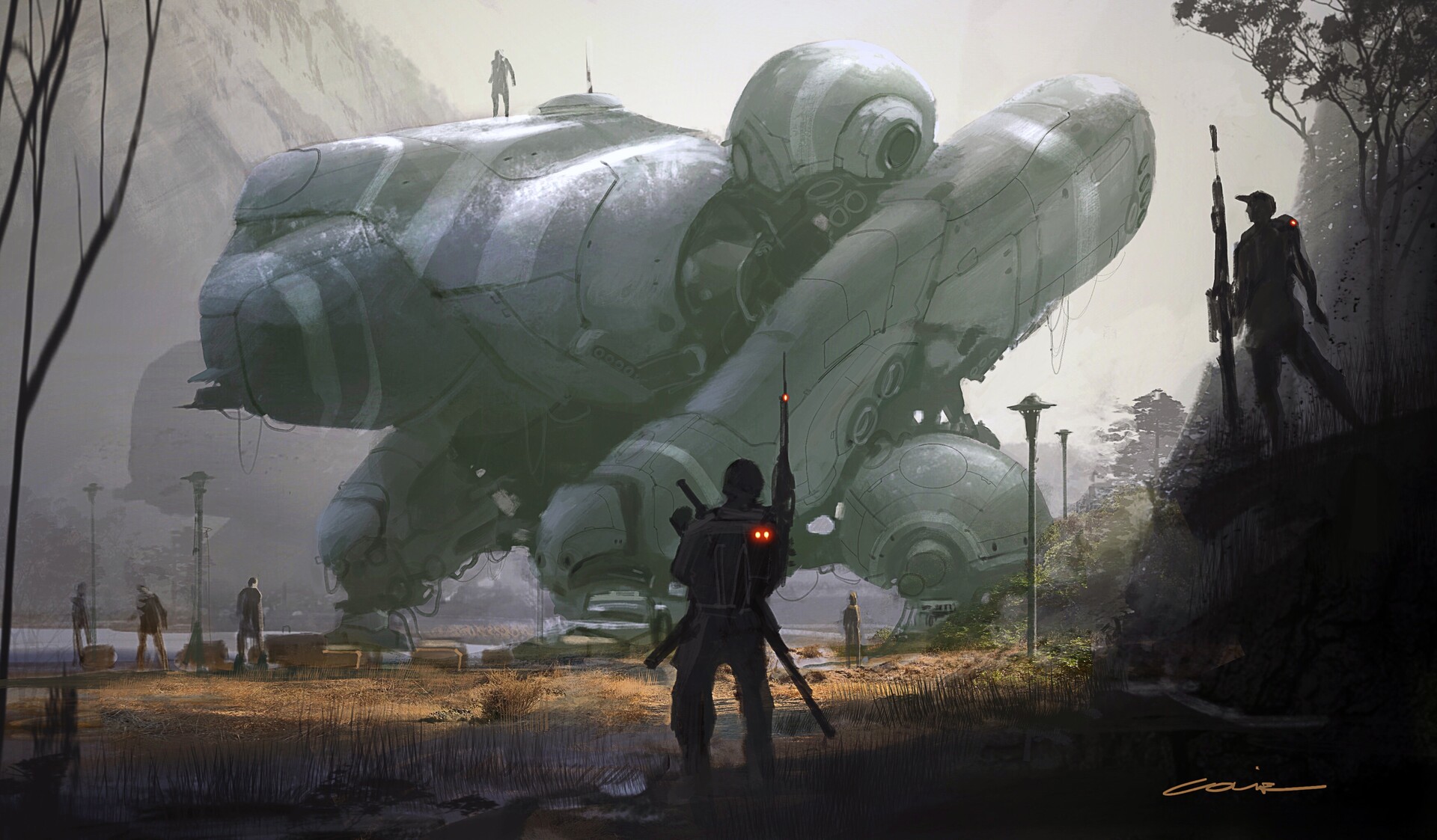
4. Quantum excellence using a programmable superconducting processor. For more than 30 years, physicists have been talking about the power of quantum computing, but questions have always arisen: will it ever be useful? and is it worth investing? For such large-scale undertakings, it is good engineering practice to formulate decisive short-term goals that demonstrate whether projects are moving in the right direction.
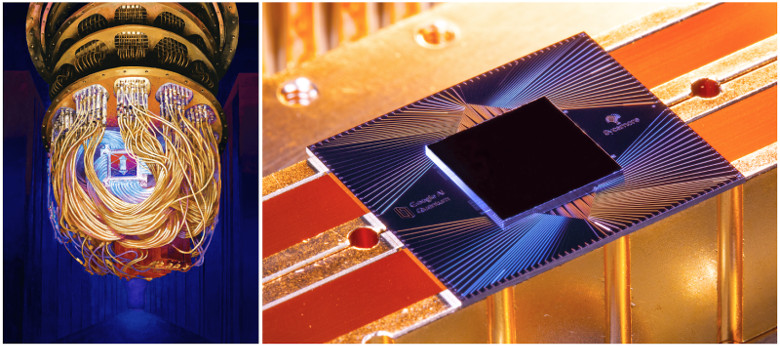
5. Subtitles on the device with Live Caption. Google introduced a new feature for the Android OS, which automatically plays media files on the phone and creates subtitles in real time, without using network resources, thereby preserving privacy and not reducing download speed.

6. GAN transfers the expression of the animal to other animals. NVIDIA developers have published a GAN that generates images of animals based on the expression and pose of the animal in the input image. GANimal application allows you to upload a photo of the animal. The neural network transfers the expression and pose of the animal to other animals.

7. The first intelligent speaker system that uses white noise to control the breathing of babies. Using a smart speaker, the device reproduces white noise and records how the noise is reflected back to detect the respiratory movements of babies.
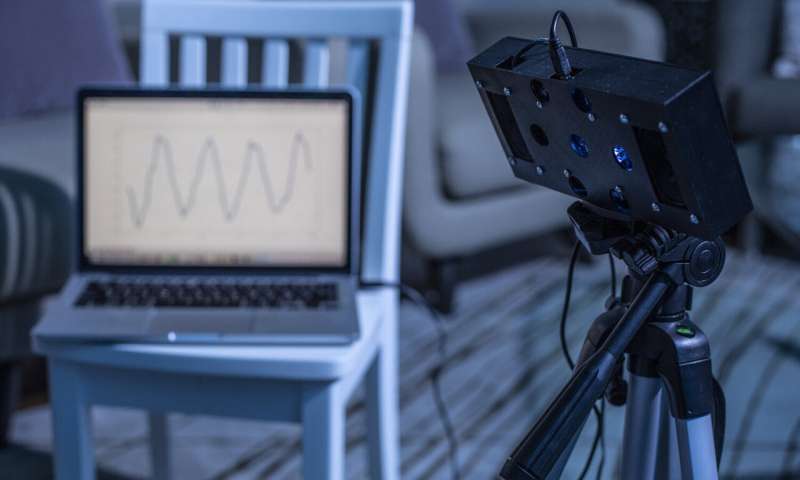
8. Face recognition software has a gender issue. With a quick look at the face, face recognition software can classify the gender of many men and women with amazing accuracy. But if this person belongs to a transgender person, such systems are mistaken in more than 38% of cases.

9. Facebook has published a framework for developing applications in Python, - Hydra. Facebook uses Hydra to prototype complex research projects.

10. Israeli technology company NoTraffic uses AI sensors at intersections to analyze traffic and optimize traffic lights.
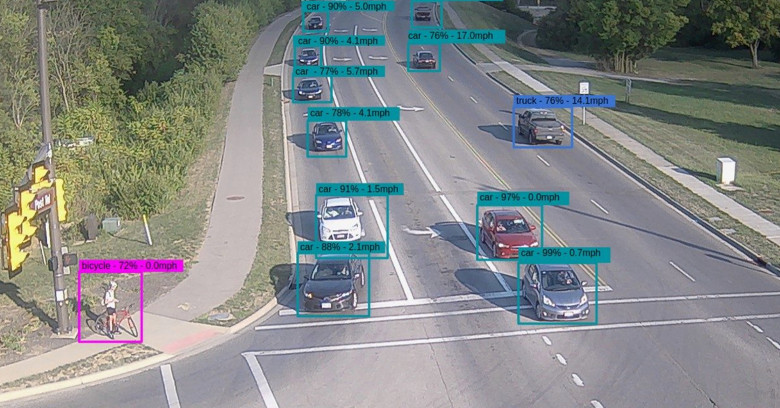
11. Google introduces BERT to improve its search results. Using new neural network techniques to better understand the intentions behind the queries, Google says it can now offer more relevant results for about one in ten US searches in the English language (with support for other languages and locales coming later).

12. DeepMind has created an AI system that helps scientists understand and recreate fragmentary ancient Greek texts on broken stone.
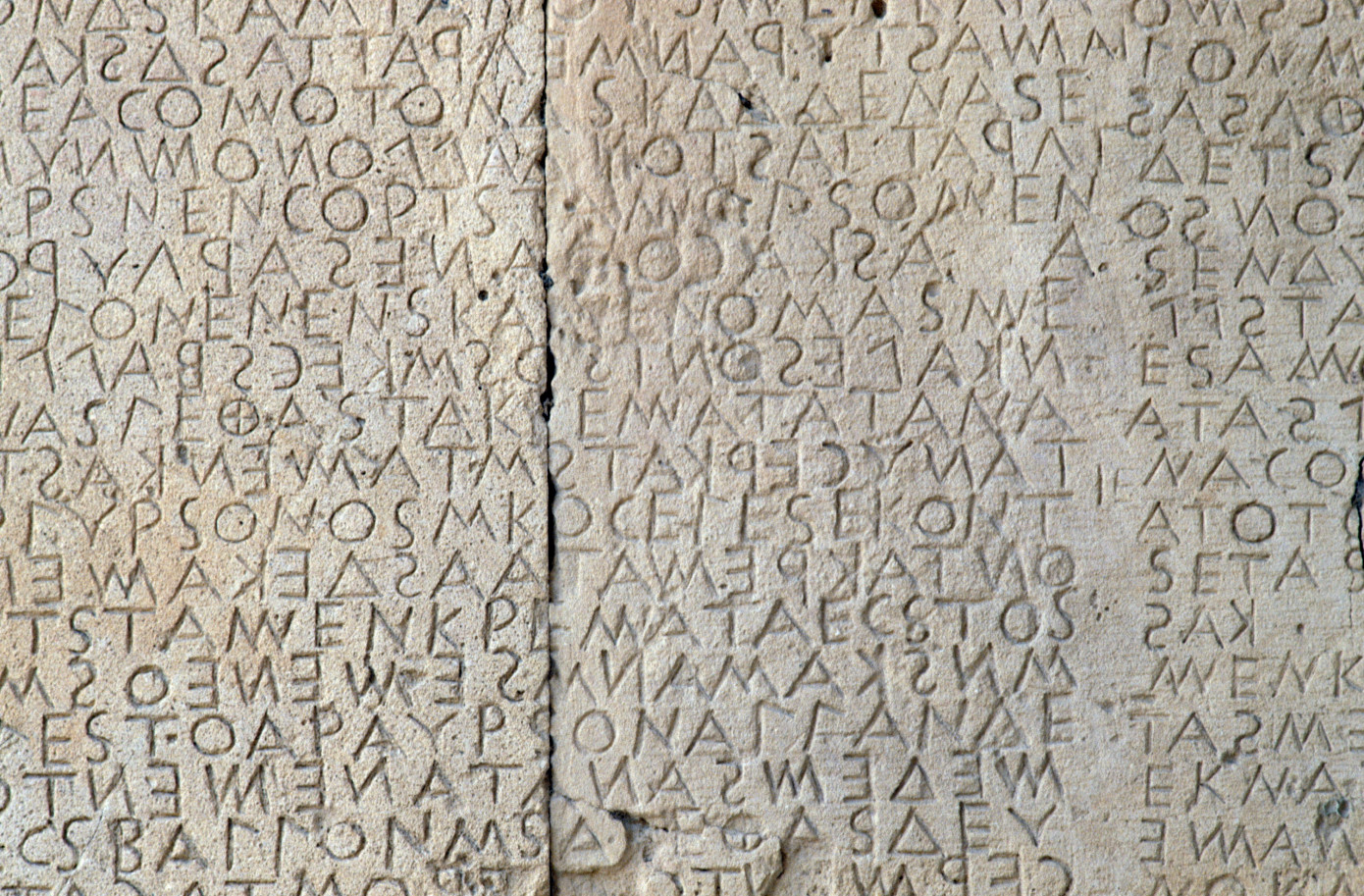
13. A humanoid robot , OpenAI has learned how to solve a Rubik's cube with one hand.
14. The Toyota LQ concept car will make friends with you through its onboard AI.
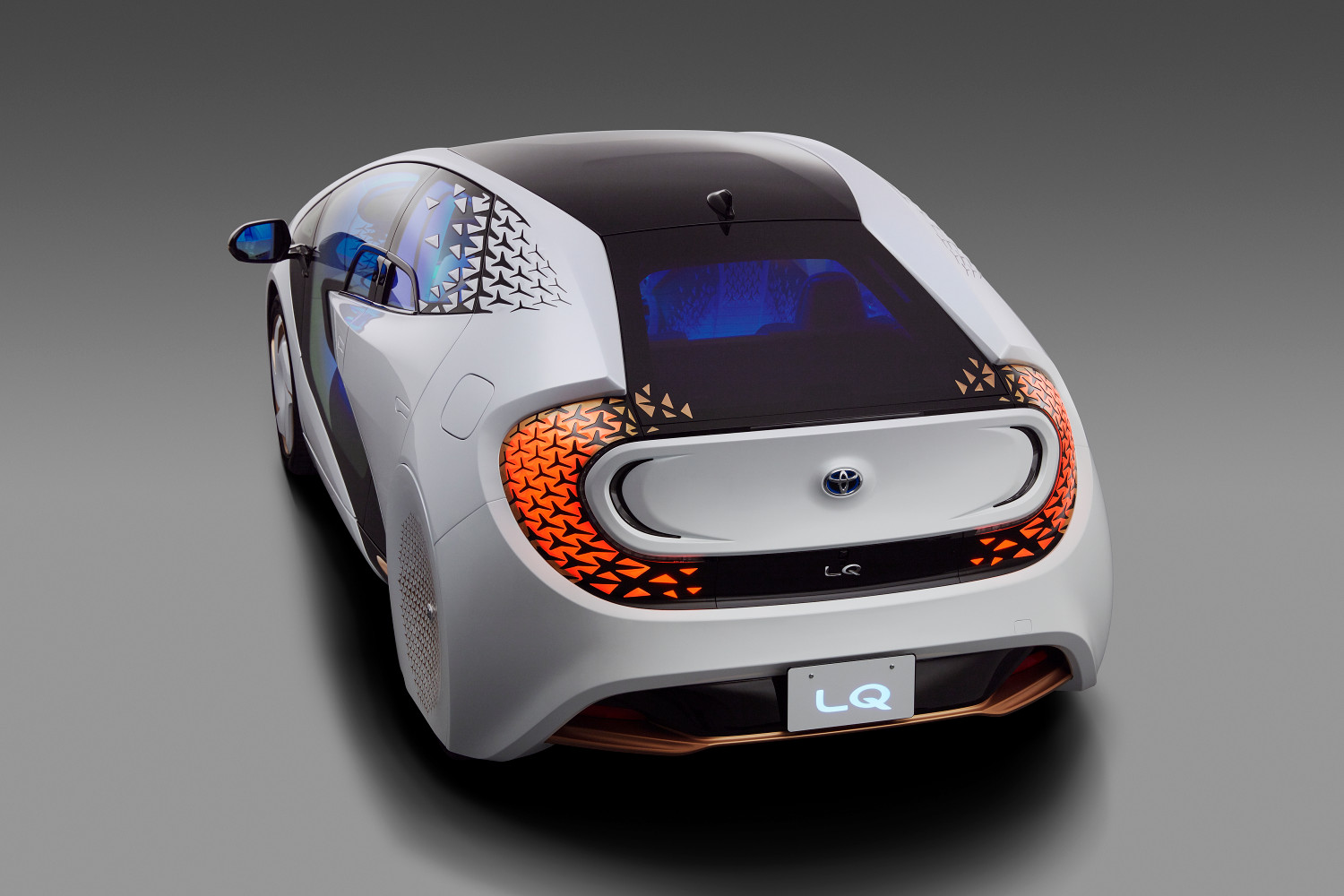
15. The robot relies on human reflexes to maintain balance. No matter how much we would like to think that we are entering the era of autonomous robots, in fact they are still quite helpless. So that they do not fall all the time, quick reflexes of a person can be a solution for this.
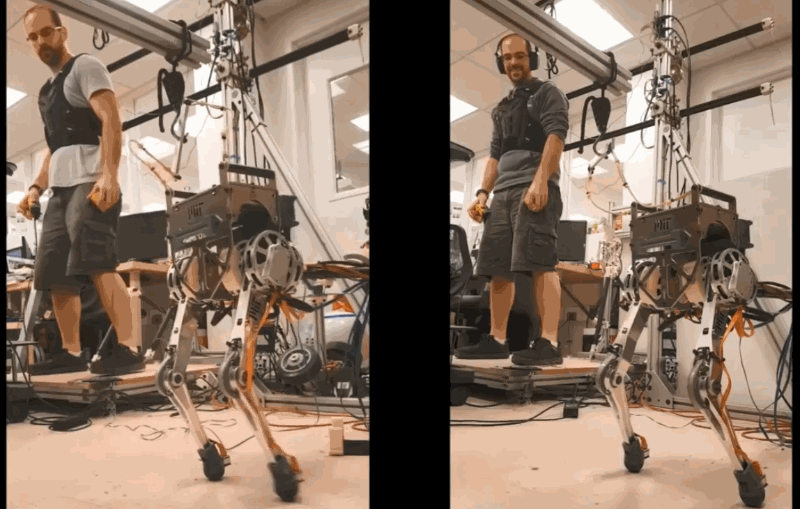
16. It may take years of bird watching to distinguish one species from another. But using in-depth training, researchers at Duke University prepared a computer to identify up to 200 bird species from a single photograph.
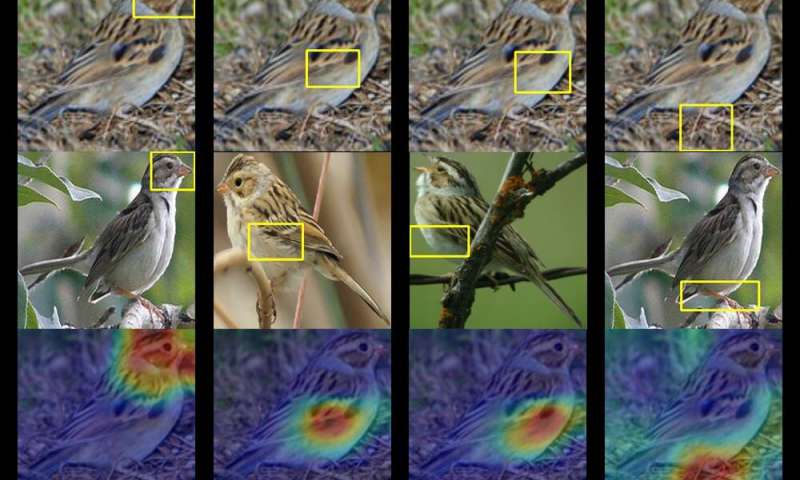
17. AI rethinks the retail industry. Deep learning and machine learning algorithms can help reduce operating costs, increase revenue, and improve decision making.
18. Americans taught robots to understand commands and orient themselves on the ground. In the future, such a system will allow the organization of mixed units of "human robots", which on the battlefield will be able to interact in the same way as fighters interact with each other.
Bonus!
19. What is the shape of the universe? A new study suggests that we misunderstood everything.

20. Crosses of Einstein. Two cosmic mirages caused by a gravitational lens.

On this our short digest came to an end. Subscription to my Telegram channel Neuron and subscription to my account on Habr will help you not to skip articles and news digests, do not skip the following digests. All knowledge!